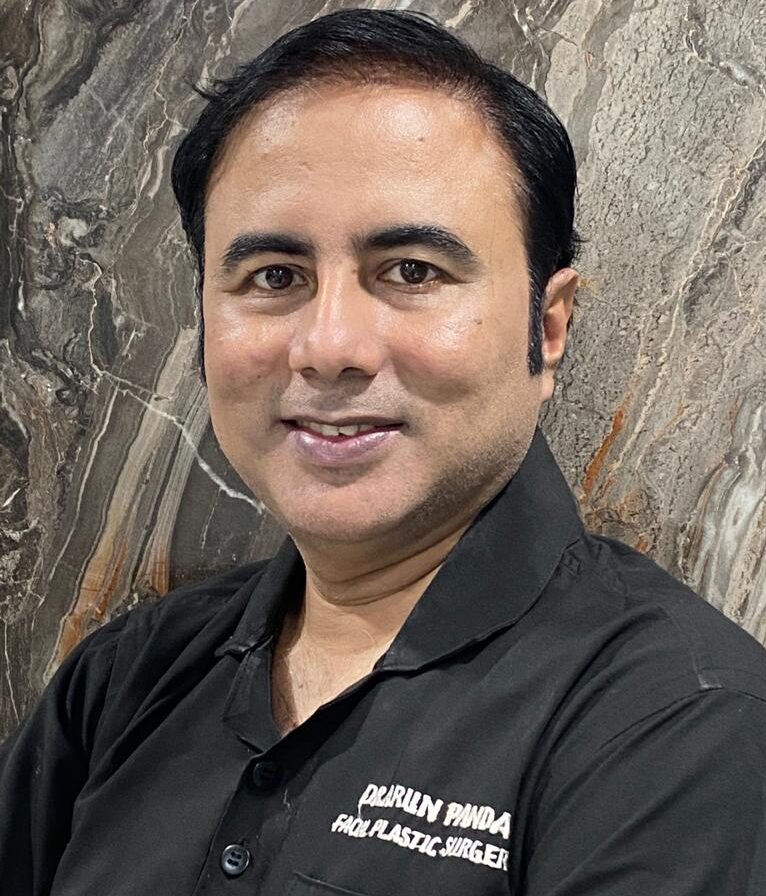Non Surgical Hairfall Treatment

Non-Surgical PRP Hair Fall Therapy
What is Platelet Rich Plasma therapy?
Androgenetic alopecia or pattern baldness both male and female is the most common cause of hair loss today which is a combo of genes and hormones. It has a significant influence on the psychological aspect of the individual and is associated with low self-esteem and depression. The medicinal treatment is limited to the use of minoxidil, finasteride, and hair nutritional supplements. But they have their own side effects.
Platelet-rich plasma therapy is a proven non-surgical modality for hair restoration. The growth factors that are released from Platelet-rich plasma are known to activate the proliferative phase and transdifferentiation of hair and stem cells and produce new follicular units.
When does an individual require Platelet-rich plasma therapy?
Platelet-rich plasma therapy is a non-surgical modality and should be utilized when it is found that hair follicles are undergoing miniaturization due to androgenetic alopecia. The earlier a diagnosis of pattern baldness, the better the results with Platelet-rich plasma therapy. Once hair follicles are lost, Platelet-rich plasma will not have any role. It is of importance to diagnose the stage of pattern baldness and decide when Platelet-rich plasma would work and when not. Platelet-rich plasma therapy also helps the follicles to grow better after a hair transplant surgery and is advised mandatorily after hair transplants.
How is Platelet-rich plasma therapy done?
Platelet-rich plasma is prepared by a double spin method. Whole blood is centrifuged in a special machine and blood cell layers were manually separated. The double centrifuge technique provides a much better concentration of platelets than the single spin technique. Activation of platelets through coagulation triggers the secretion of various growth factors, which produce mitogenic effects in various cell types. Activated Platelet-rich plasma promotes the proliferation of dermal papillary cells and prevents their apoptosis, thereby helping in hair regrowth.
The surgical procedure is performed under local anesthesia or numbing cream depending on the patient’s acceptability. Once Platelet-rich plasma is prepared it is injected into the whole scalp. Micro-needling therapy is usually performed with derma rollers to complement the procedure for better results.
Multiple sessions are usually required to see the results. Also, it is important to understand that PRP therapy needs to be continued on a long term basis for maintaining the quality of hair.
What to expect after Platelet-rich plasma therapy for hair loss?
A combination of PRP therapy with microneedling provides excellent results in terms of controlling hair loss and causing hair regrowth. Multiple settings can improve the hair numbers by about 10 to 20%. A patient can also experience an improvement in hair quality after sessions of PRP therapy.
If PRP therapy is started at an early stage in patients with male pattern baldness, it postpones the requirement of hair transplant at an early stage.
How to go-ahead with the procedure with Dr. Arun once you have decided?
Dr. Arun Panda is a fellowship-trained Facial Cosmetic Surgeon. He is well experienced in various Facial plastic surgeries, Non-surgical Facial aesthetic procedures, and Hair Transplant surgery. His practice is totally dedicated to what he mentions as “creating beautiful faces”!
Decision making is very important in the case of Platelet-rich plasma therapy. Patients need to understand that Platelet-rich plasma is not a single sitting treatment modality. Multiple settings on a long term basis is required to see the results and maintain the same. Dr. Arun makes the patient understand the same before the procedure. The patient is also explained about other treatment modalities alongside to maintain a good quality of hair. Once decisions are made regarding the number of sessions, the whole procedure is explained along with its outcomes and results. Dr. Arun makes it a point to maintain the records of the improvement with photographs and trichoscopy images for future references.
Statistics (scale of 1 to 10):
Invasiveness : 3
Pain factor : 3
Patient satisfaction: 10

